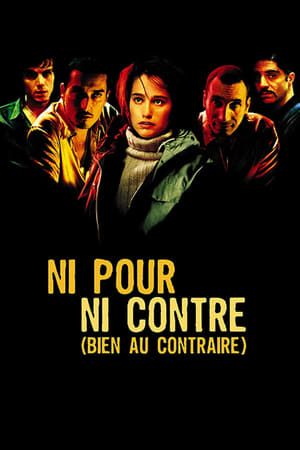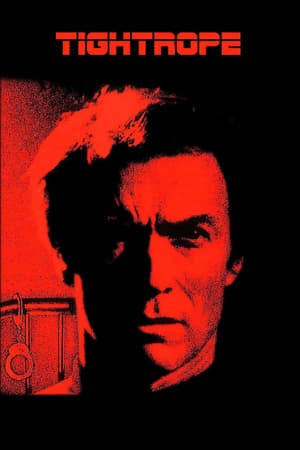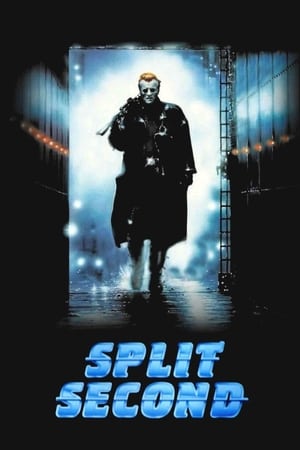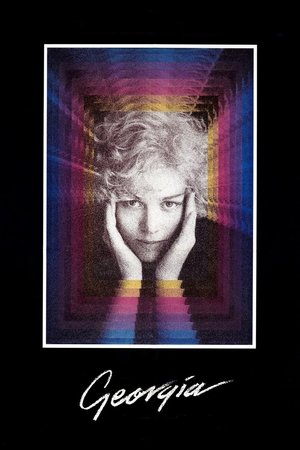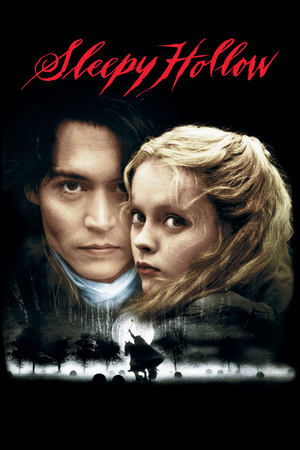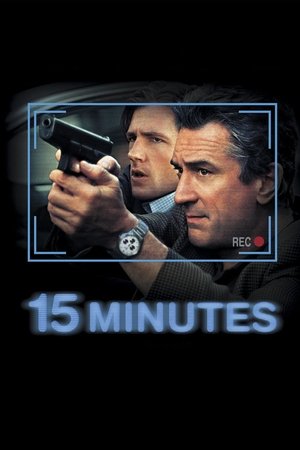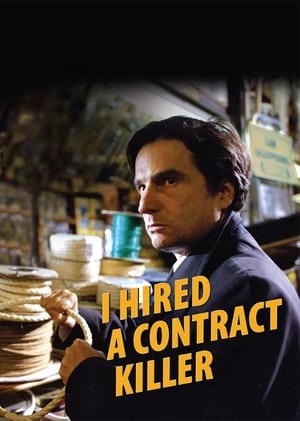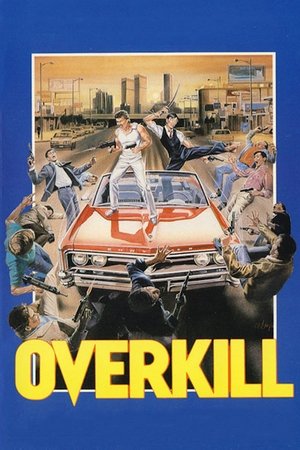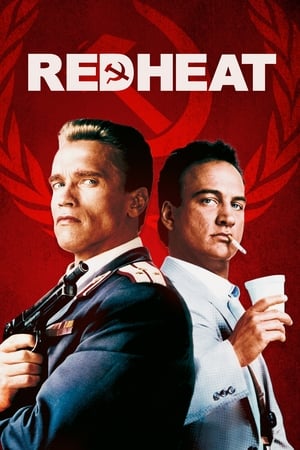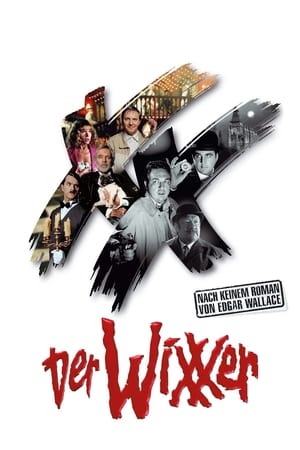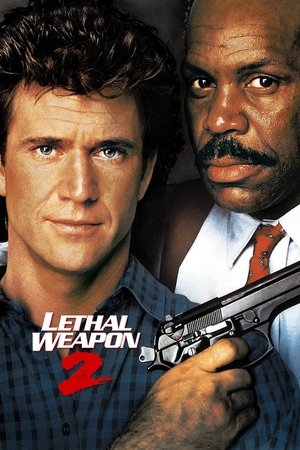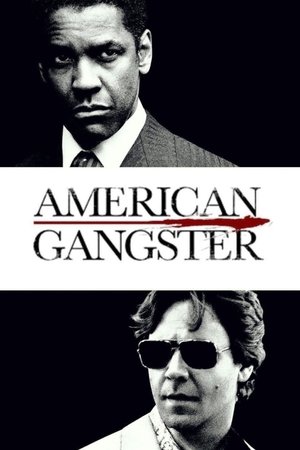Overview
Inspector Cassin, a renowned Paris detective, departs to the country for a much-needed break. There he falls in love with the innkeeper’s daughter, Nanette, who is already betrothed to a local farmer. On the evening of their engagement party, Nanette and the farmer both disappear. Cassin takes up the case immediately to discover what happened to them and who is responsible.
Reviews
Le Cheval Noir.
So Dark the Night is directed by Joseph H. Lewis and written by Dwight V. Babcock, Martin Berkeley and Aubrey Wisberg. It stars Steven Geray, Micheline Cheirel, Eugene Borden, Ann Codee and Egon Brecher. Music is by Hugo Friedhofer and cinematography by Burnett Guffey.
Henri Cassin (Geray) is a well regarded Parisian detective who while on a much earned vacation falls in love with innkeeper's daughter Nanette Michaud. However, with Nanette already having a boyfriend, and a tempestuous one at that, true love does not run smooth, especially when murder enters the fray and Cassin has to start investigating the tricky case.
It all begins so perky, with jolly music, smiling faces and brightly lighted compositions, so much so I had actually thought I had loaded the wrong film to watch! Once Henri Cassin arrives at Le Cheval Noir (The Black Horse) in the rural town of St. Margot, however, the whole tone of the film shifts into darker territory. The apple cart is well and truly turned upside down and various character traits start to come into play - with the various main players suddenly becoming an interesting bunch. Enter hunchbacked man, jealous guy, love sick chamber maid, weak parents et al...
Joseph Lewis (My Name Is Julia Ross - Gun Crazy - The Big Combo) does a top job in recreating a French town with what no doubt was a small budget, yet his greatest strengths here are his visual ticks, in how he manages to fill the picture with the requisite psychological discord that craftily haunts the edges of the frames until they be ready for maximum impact. In partnership with ace photographer Guffey, Lewis brings tilted angles and black shadowy shadings to this French hot-bed of lust and character disintegration. He also has a nifty bent for filming scenes through windows and bars, while his filming of a rippled water reflection cast onto a character's face is as significant a metaphor as can be. Also note scenes involving a rocking chair, a dripping tap and a deft window splice sequence that signifies that the psychological walls are tumbling down.
Something of a rare picture given that who the director is, this definitely is of interest to the film noir loving crowd. The finale will not surprise too many, but it doesn't cop out by soft soaping the topic to hand. It also serves to show that the great Joseph H. Lewis could make a silk purse out of a sow's ear. 7/10
Now available as part of the Columbia Film Noir Classics IV Collection.

 71 min
71 min
 6.1
6.1
 1946
1946
 USA
USA
 John Chard wrote:
John Chard wrote:

